PATEINT LIFTER
PATEINT LIFTER Specification
- Material
- STEEL
- Condition
- NEW
- Feature
- Enhanced Safety: Reduces the risk of falls and injuries for both patients and caregivers. Improved Dignity: Allows patients to be moved with greater comfort and respect. Reduced Caregiver Strain: Eliminates the need for manual lifting, preventing back injuries for caregivers. Versatility: Can be used for various transfer scenarios (bed to chair, chair to commode, floor to chair).
- Use
- A patient lifter (also known as a patient hoist, patient lift, or transfer aid) is a medical device designed to safely and comfortably transfer individuals with limited mobility between beds, wheelchairs, commodes, and other surfaces.
- Warranty
- ONE YEAR WARRANTY
- Dimension (L*W*H)
- 100*70*120 Millimeter (mm)
- Equipment Type
- PATEINT LIFTER
- Recommended For
- Shoulder, Back
- Age Group
- Adults, Women, Elders
- Power Source
- Other
- Weight
- 45 Kilograms (kg)
PATEINT LIFTER Trade Information
- Minimum Order Quantity
- 1 Number
- Payment Terms
- Cash on Delivery (COD)
- Delivery Time
- 3 Days
- Sample Policy
- Contact us for information regarding our sample policy
- Main Domestic Market
- All India
About PATEINT LIFTER
-
- Manual/Hydraulic: Operated by a hydraulic pump lever, requiring manual effort from the caregiver.
- Electric/Powered: Operated by a battery-powered motor with a handheld remote control, offering effortless lifting. This is the more common and preferred type in many settings.
- Weight Capacity: Crucial specification, typically ranging from 150 kg (330 lbs) to 250 kg (550 lbs) or more for bariatric models.
- Construction:
- Frame: High-strength, durable materials like powder-coated steel or aluminum alloy for stability and longevity.
- Base/Chassis: Wide, stable base with caster wheels (often locking) for easy maneuverability and secure positioning. The base legs are often adjustable/splayed (manual or powered) to fit around wheelchairs, beds, or other furniture.
- Lifting Mechanism:
- Boom/Mast: The vertical arm that supports the spreader bar.
- Spreader Bar: The horizontal bar at the end of the boom where the patient sling attaches. Can be 2-point, 4-point, or 6-point for different sling types and stability.
- Slings:
- Material: Durable, washable fabric (e.g., polyester, mesh) that is comfortable for the patient.
- Types: Available in various designs for different transfer needs:
- U-Sling/Universal Sling: Common for general transfers.
- Full Body/Hammock Sling: Provides full support for patients with minimal body control.
- Toileting Sling: Designed with an opening for commode access.
- Standing/Walking Sling: For patients who can bear some weight but need assistance.
- Controls (for Electric Models):
- Handheld Remote/Pendant: Intuitive buttons for "Up/Down" boom movement and often "Leg Open/Close" for the base.
- Emergency Stop Button: A prominent button on the control box for immediate cessation of all functions.
- Manual Emergency Lowering: A manual override for safely lowering the patient in case of power failure.
- Battery (for Electric Models):
- Rechargeable: High-capacity, sealed lead-acid or lithium-ion batteries.
- Battery Indicator: Visual display of battery charge level.
- Charger: External or integrated charger.
- Safety Features:
- Overload Protection: Prevents lifting beyond the rated weight.
- Anti-entrapment: Sensors or mechanisms to prevent pinching.
- Locking Casters: To secure the lifter in place during transfers
- Overload Protection: Prevents lifting beyond the rated weight.
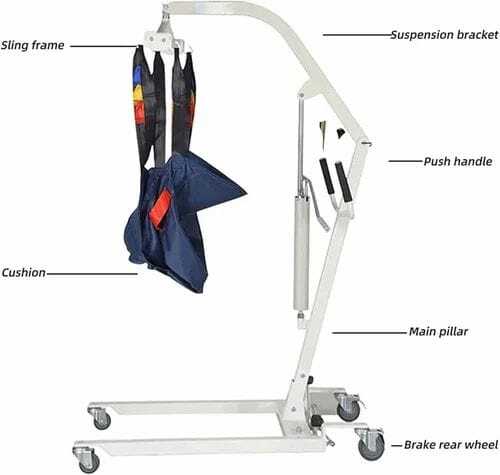

Price:
- 50
- 100
- 200
- 250
- 500
- 1000+
More Products in Therapy Equipment Category
Bloster Swing
Price 5000 INR / Piece
Minimum Order Quantity : 1 Piece
Material : The bolster swing in the image is typically made from durable materials such as vinyl, fabric, and foam. Different manufacturers use a variety of materials for their bolster swings, including:Vinyl: Some swings are made with a vinyl coating or entirely of vinyl, which is often described as a cushioned, antiskid material. Fabric and Foam: Other variations use durable fabric and foam for the main bolster part. Cotton or Polyester: The outer cover can also be made of materials like cotton or polyester, depending on the specific product. Durable and Hypoallergenic: The materials are generally selected to be durable, longlasting, and sometimes hypoallergenic for individuals with sensory sensitivities.
Display : NIL
Usage : The product shown in the image is a bolster swing, which has both therapeutic and recreational uses.Therapeutic UsageSensory Integration: Bolster swings are a highly required tool in sensory integration therapy, providing vestibular sensory input. Occupational Therapy: Occupational therapists use them to improve strength, gross motor skills, coordination, and address sensory processing disorders, such as in children with autism. Physical Development: They are designed to improve balance, coordination, core muscle strength, and motor planning.
Power Source : Manual
Metallic Exercise Corner Stair Case Therapy
Price 19000 INR / Piece
Minimum Order Quantity : 1 Piece
Material : The product shown is an exercise staircase, and it is typically constructed from a combination of materials for durability and safety.Frame and Handrails: The supporting frame and handrails are generally made from steel or other metals. These components may be constructed from tubular steel or mild steel (MS) and can have a powdercoated or chromeplated finish. Steps: The steps are often made from a commercial board or other sturdy material and are covered with a nonslip mat or surface to ensure user safety during rehabilitation exercises.
Display : NIL
Usage : The product shown is a rehabilitation or exercise staircase, also known as a physio or therapy staircase. It is used in physical therapy and rehabilitation centers for the following purposes:Gait Training and Mobility: It helps patients practice walking and climbing stairs in a controlled environment. Balance and Coordination: It aids in improving balance and coordination, which is crucial for patients recovering from injuries, surgery, or strokes. Lower Limb Strengthening: The stairs are used to strengthen muscles in the legs and feet. Rehabilitation: It is a key tool for postsurgery rehabilitation and for geriatric physiotherapy programs.
Power Source : Manual
MS 3 In 1 Tens Combination Therapy Unit
Price 3500 INR / Unit
Minimum Order Quantity : 1 Unit
Material : Other, Mild Steel
Display : LCD
Usage : Hospital
Power Source : Electric
Electrical Muscle Stimulator Diagnostic
Price 1500 INR / Piece
Minimum Order Quantity : 1 Piece
Material : Other, Mild Steel
Display : LCD
Usage : Hospital
Power Source : Electric
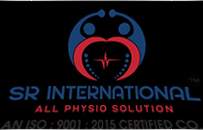

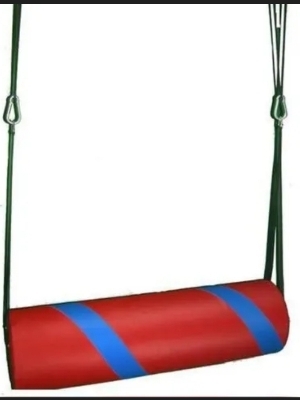
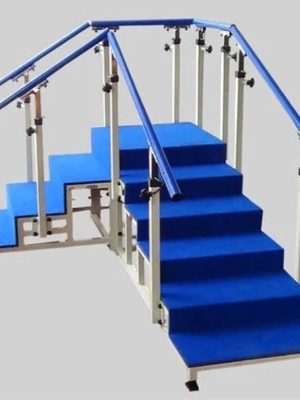
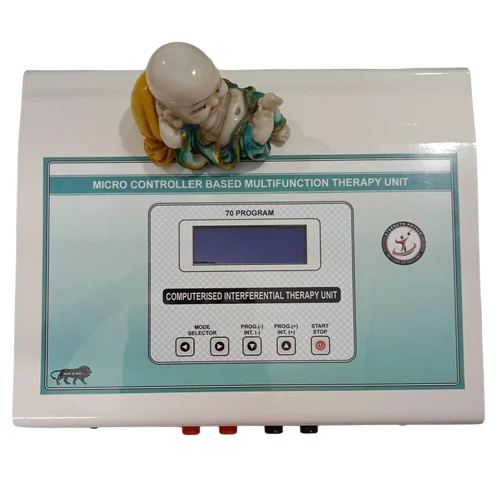
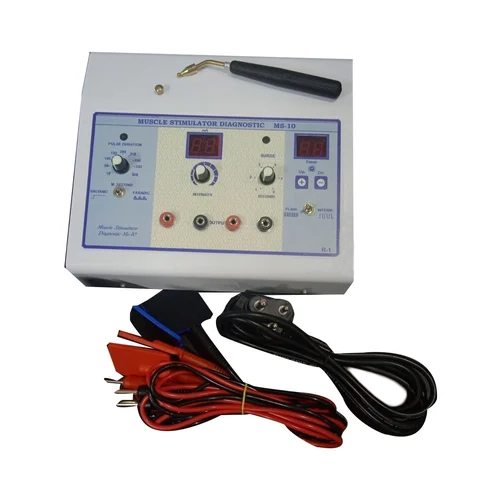


 Send Inquiry
Send Inquiry Send SMS
Send SMS